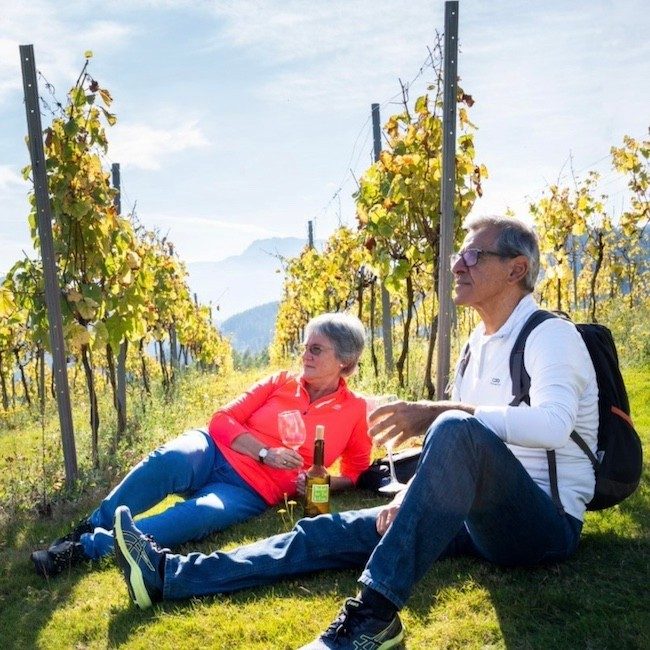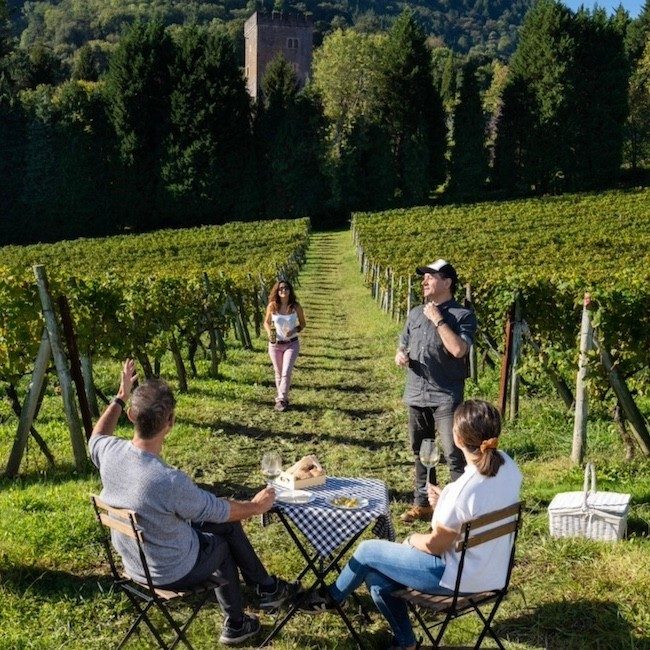About Txakoli
Txakoli is a unique, slightly sparkling white wine from the Basque Country in northern Spain. Known for its light body, high acidity, and subtle effervescence, txakoli is typically made from the indigenous grape varieties Hondarrabi Zuri (for white txakoli) and Hondarrabi Beltza (for red and rosé versions, though these are less common).
The wine is fresh, dry, and typically low in alcohol (around 10-12%), with bright citrus and green apple notes. Its characteristic acidity and minerality make it a fantastic pairing for seafood, which is abundant in Basque cuisine.
Txakoli is often poured from a height into the glass to enhance its slight fizz and release the aromas. It’s primarily produced in three main DO regions in Spain: Bizkaiko Txakolina, Getariako Txakolina and Arabako Txakolina, each with subtle variations influenced by their unique microclimates and terroirs.

.png.transform/rendition-xs/image_image%20(1).png)





